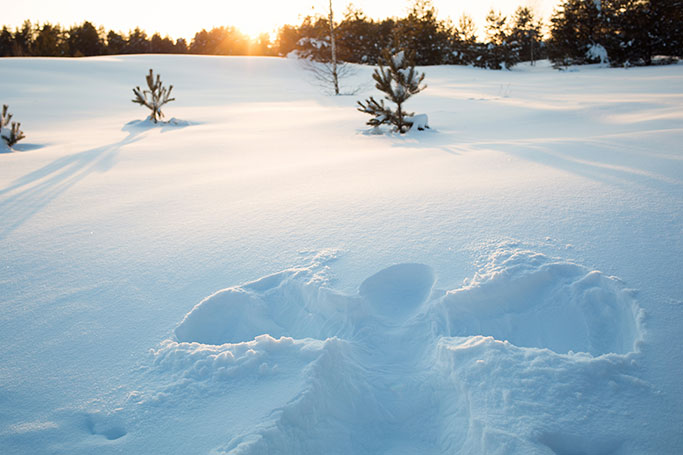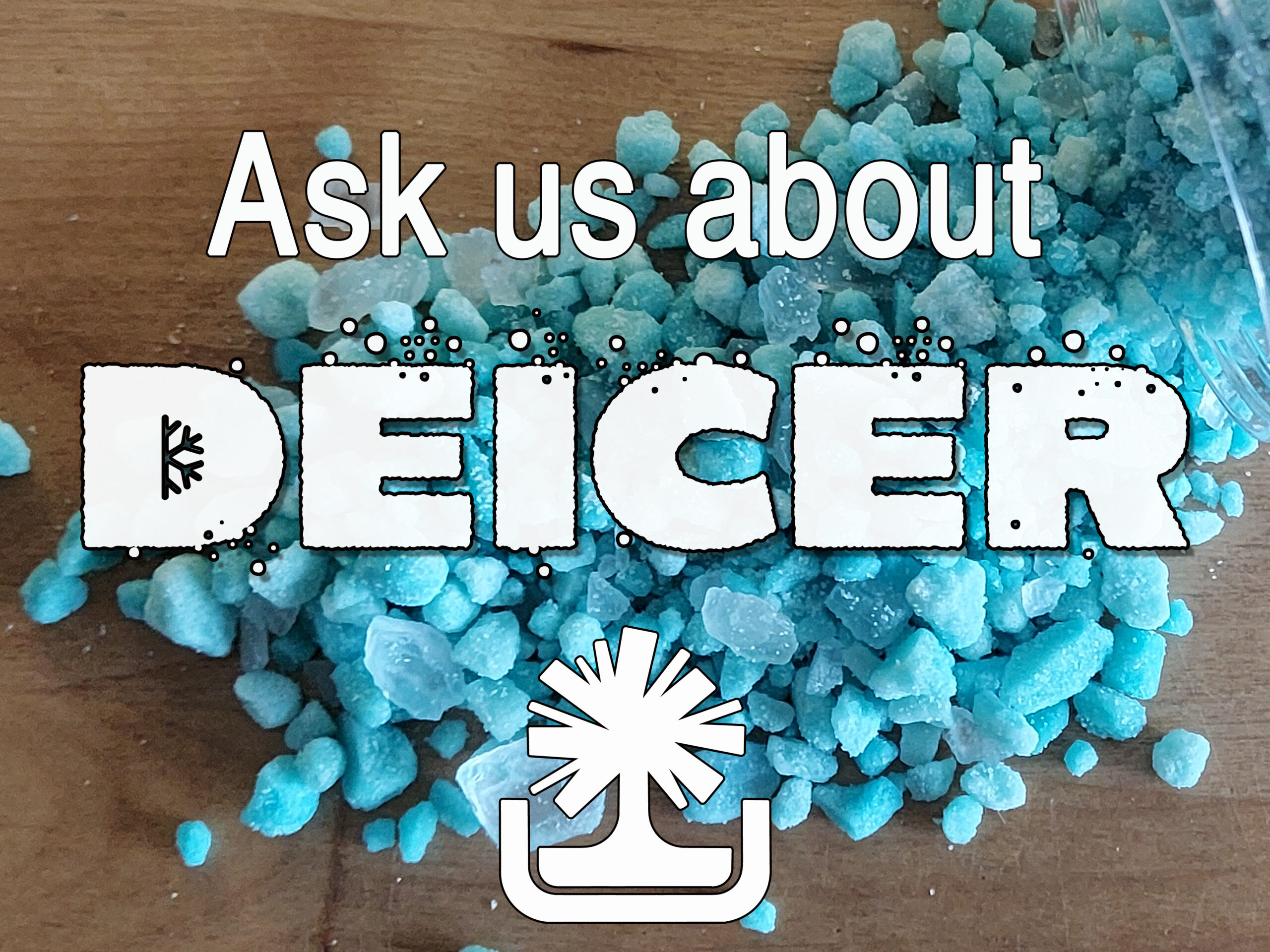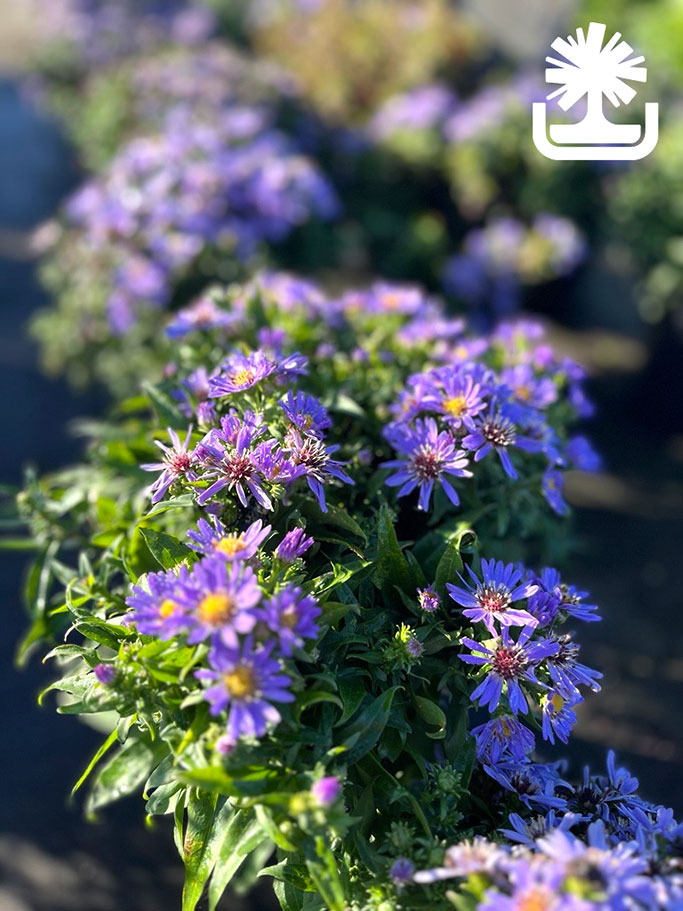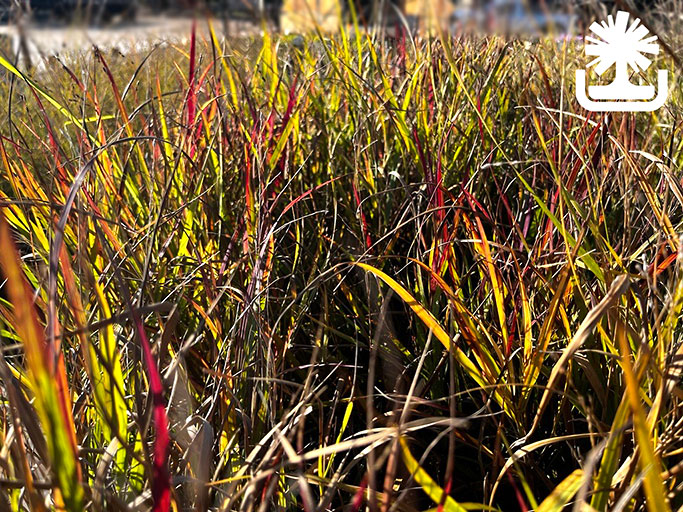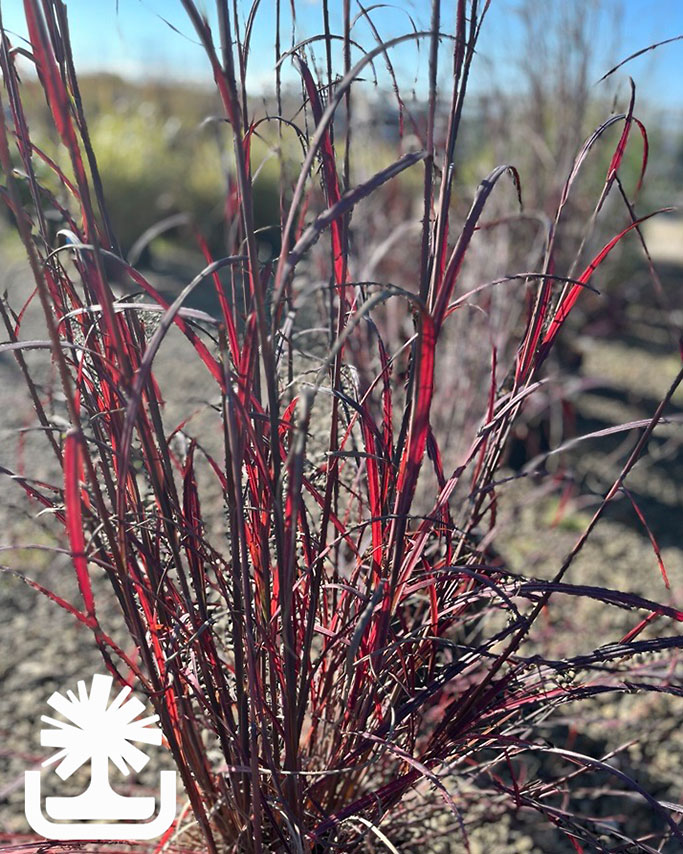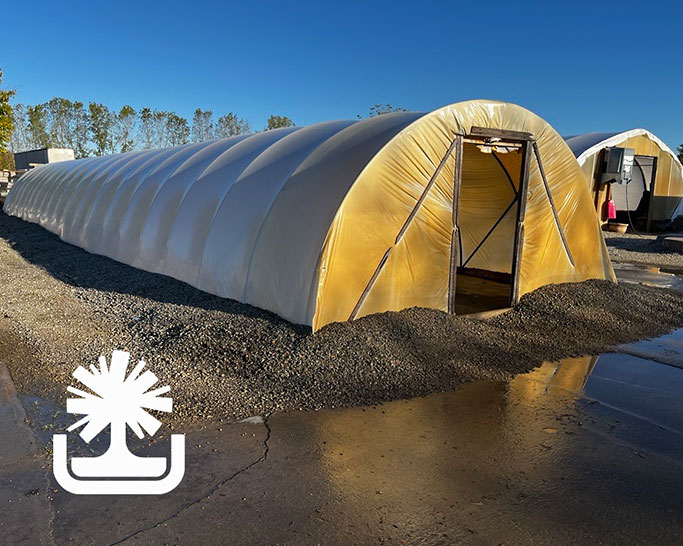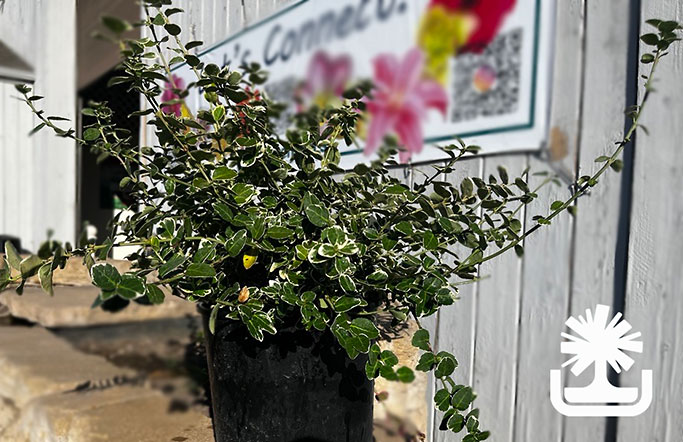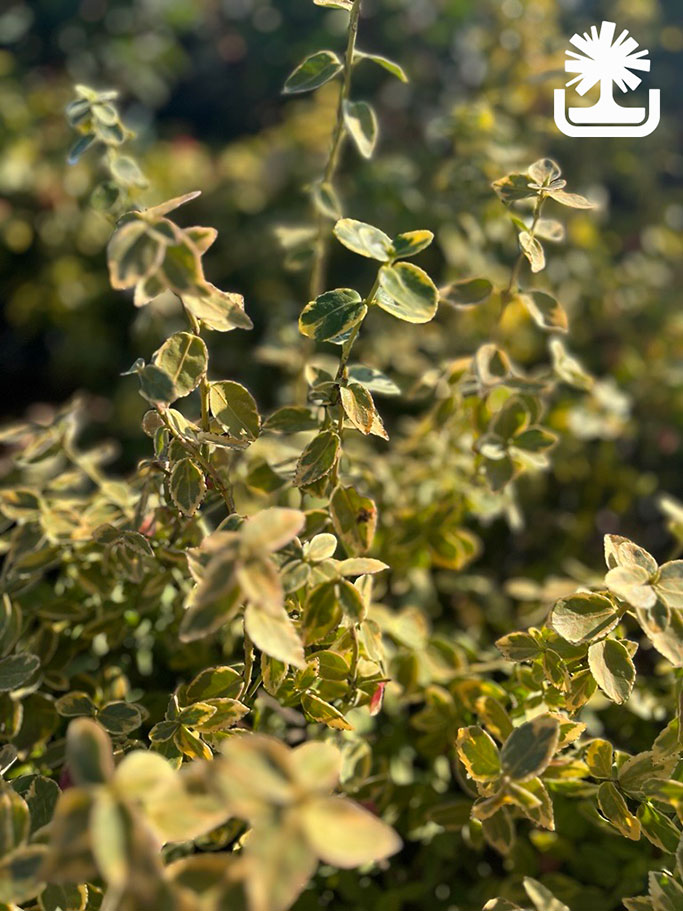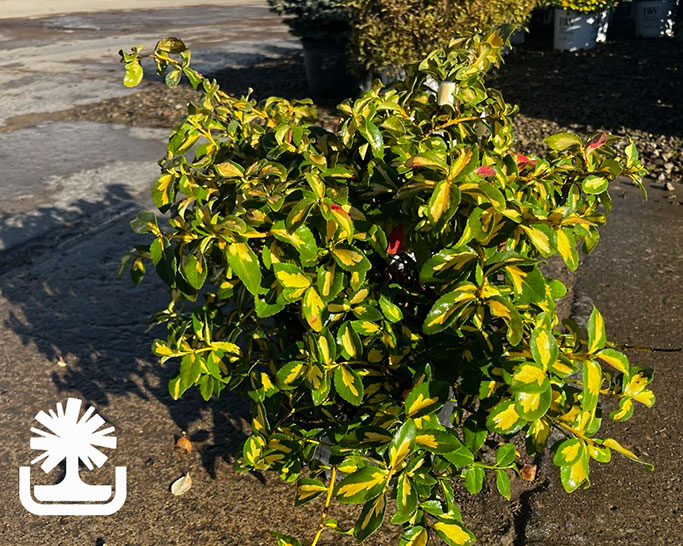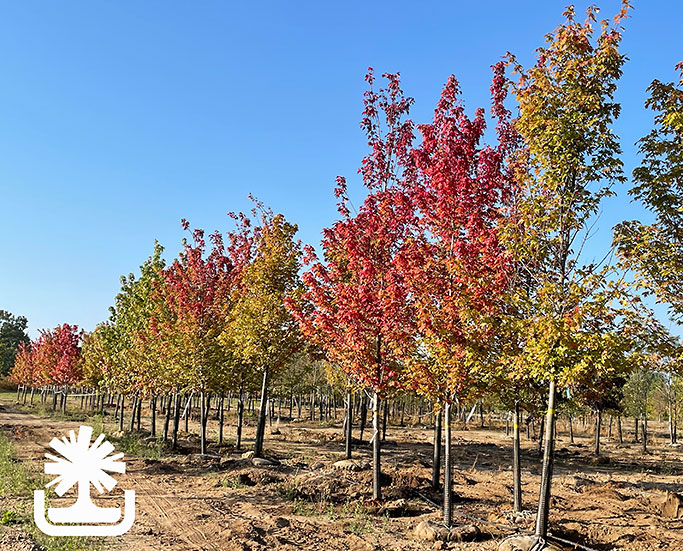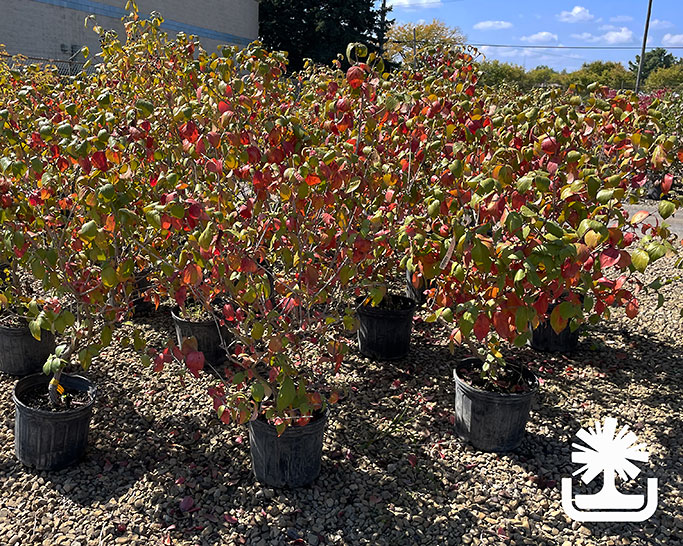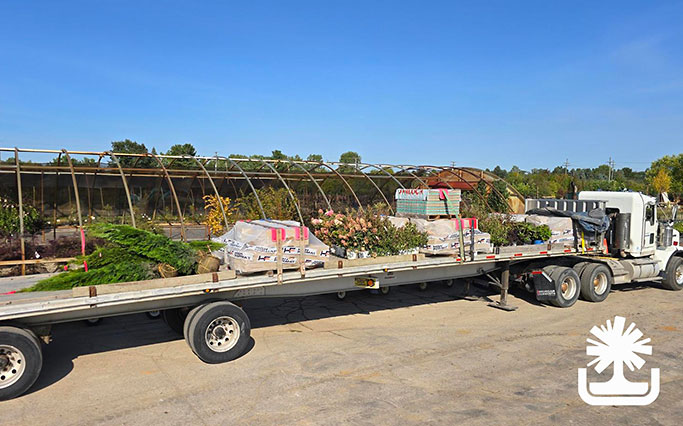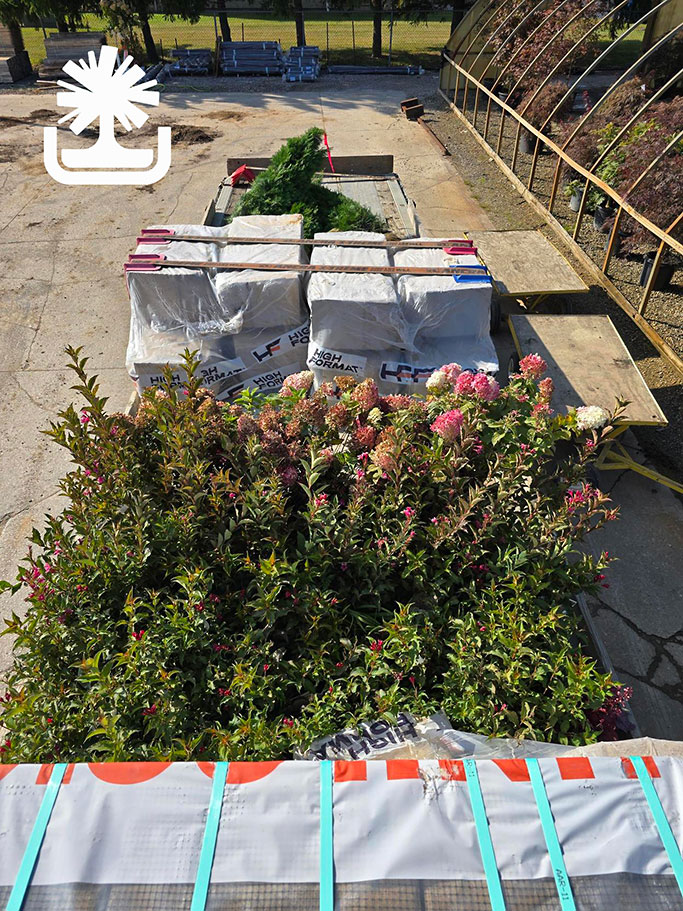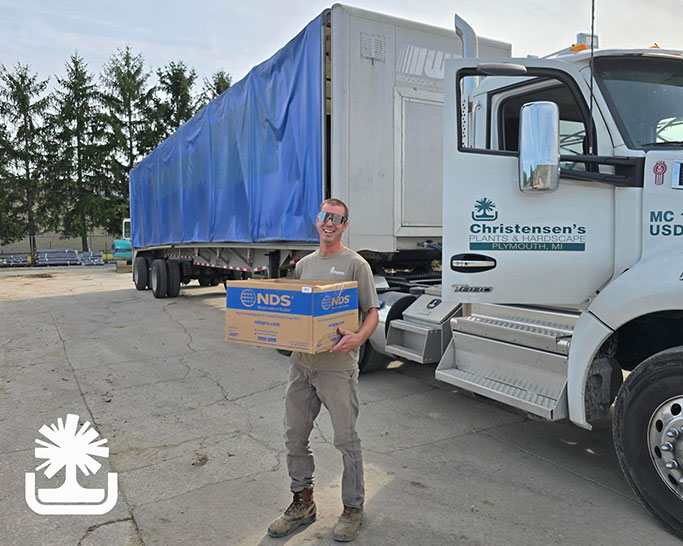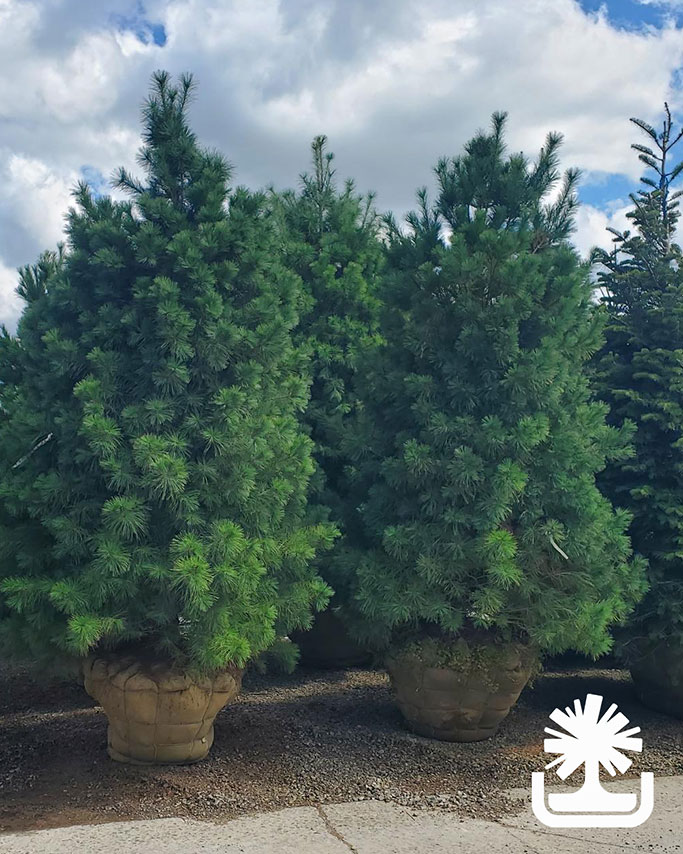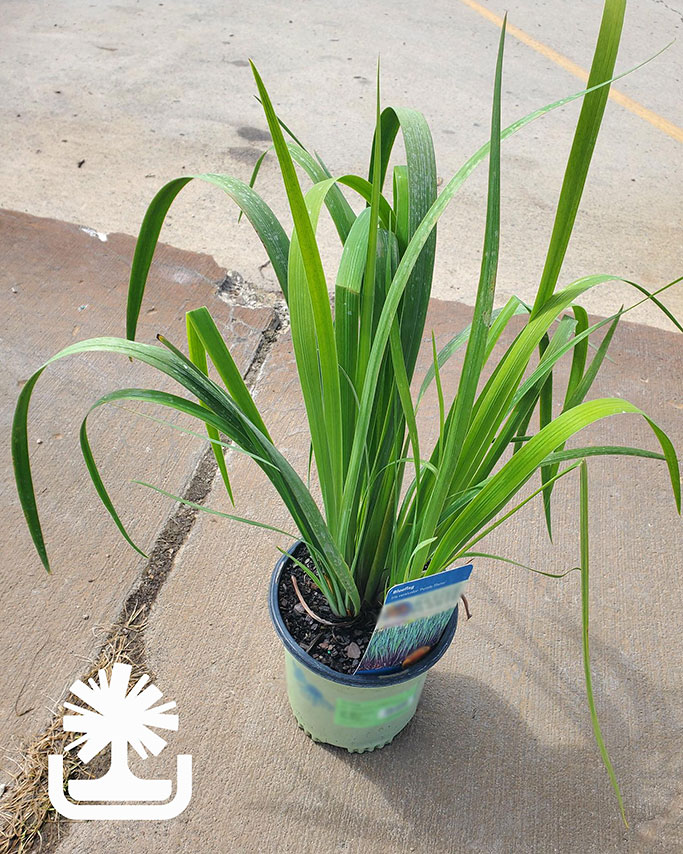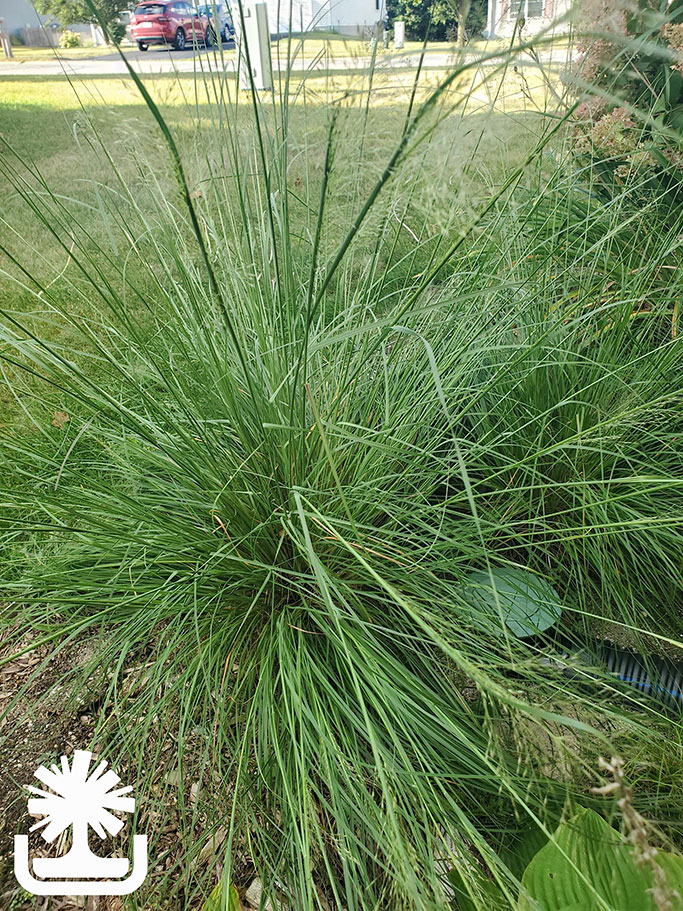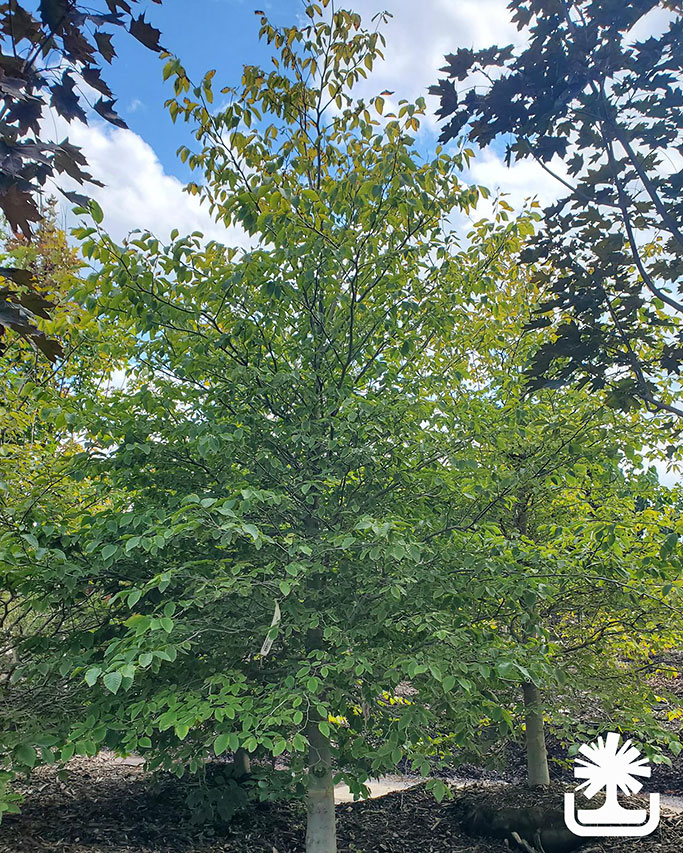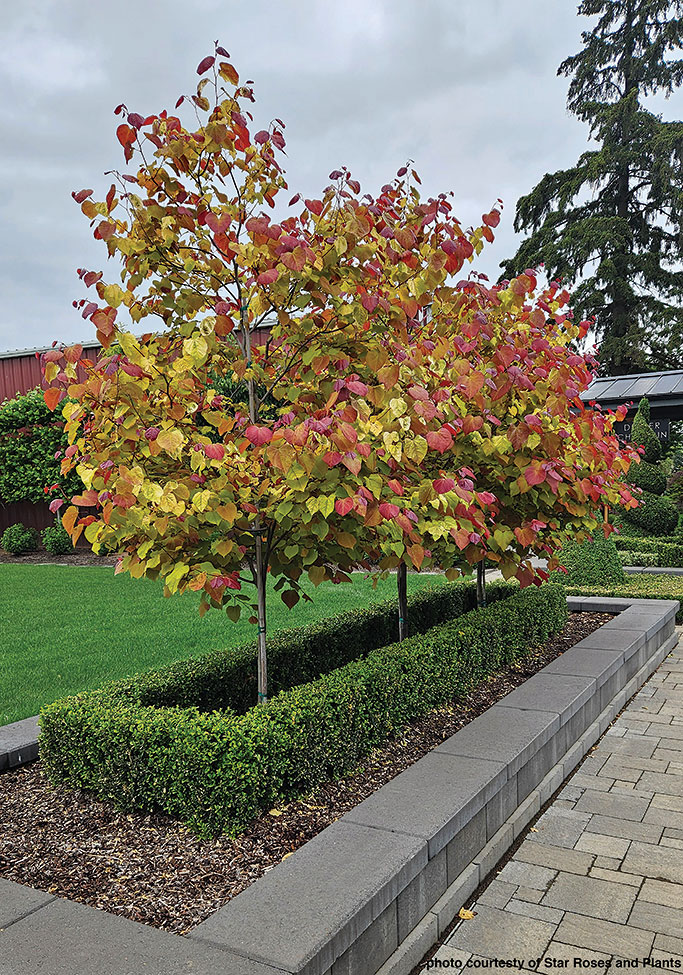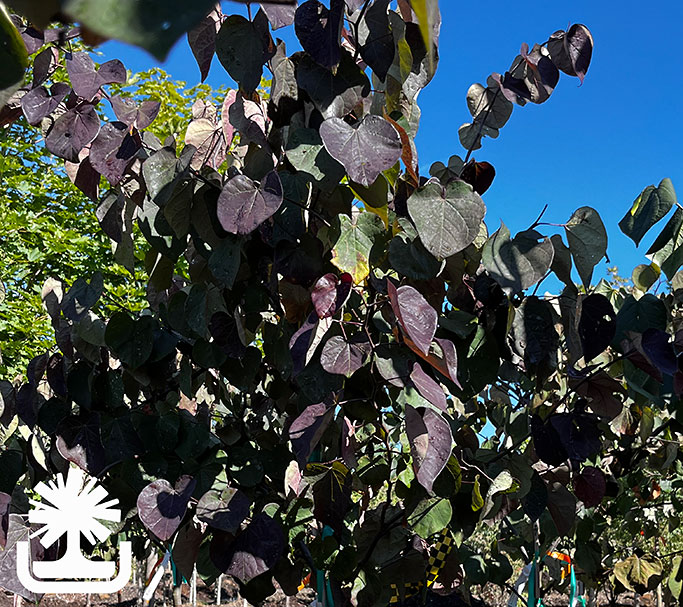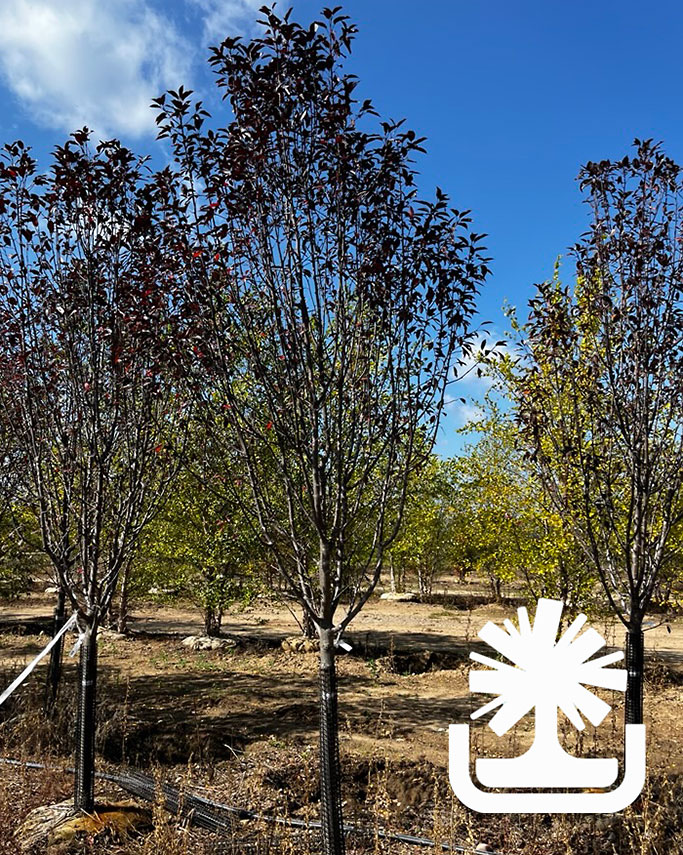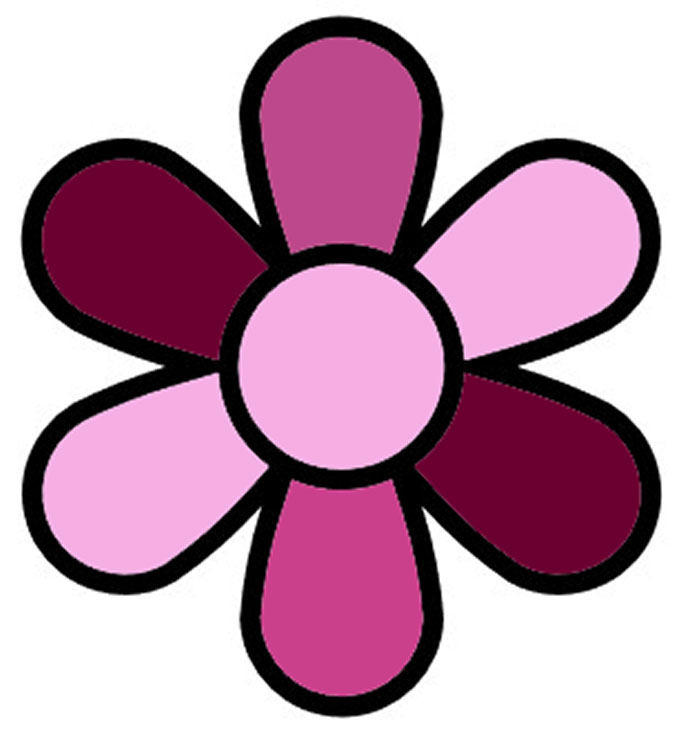White Pine, Iris versicolor, Prairie Dropseed, and American Beech in Southern Lower Michigan
When designing landscapes in Southern Lower Michigan (West Central/East Central/Southwest/Southeast), native plants offer unmatched ecological benefits and timeless beauty. Four species in particular—White Pine, Iris versicolor, Prairie Dropseed, and American Beech—stand out for their versatility, habitat value, and ability to root designs firmly in place. Each of these plants is native to the region, making them both resilient and ecologically significant.
The Eastern White Pine (Pinus strobus), Michigan’s state tree, is a towering symbol of strength and heritage. Historically, it was prized for lumber, shaping much of the state’s economic development. In landscapes, its tall, soft-needled form provides year-round structure and shade. White Pines are excellent for screening, windbreaks, or as specimen trees in large open areas. Their adaptability to sandy soil and cool Michigan winters makes them a low-maintenance choice for long-term plantings.
Thriving along wetlands, pond edges, and moist soils, the Blue Flag Iris (Iris versicolor) is a native perennial with vibrant purple-blue blooms in late spring to early summer. Beyond its beauty, it provides nectar for native pollinators and functions as a natural water filter, stabilizing soil along shorelines. For designed landscapes, Iris versicolor adds color and seasonal interest, particularly in rain gardens or bioswales where water management is key.
The fine-textured, clumping grass of Prairie Dropseed (Sporobolus heterolepsis) is one of the most graceful prairie species native to Southern Michigan. Its fountain-like foliage turns golden in fall, releasing a subtle, coriander-like fragrance as seeds mature. Prairie Dropseed is ideal for mass plantings, borders, and sustainable lawn alternatives. Deep root systems make it drought-tolerant and excellent for soil stabilization. Additionally, its seeds feed small birds, while its foliage provides shelter for insects and ground-nesting wildlife.
The American Beech (Fagus grandiflora) adds an elegant, long-lived presence to woodlands and landscapes. Known for its smooth, gray bark and glossy, serrated leaves that turn golden-bronze in fall, it provides year-round interest. In natural ecosystems, Beech nuts are an important food source for birds, squirrels, and other wildlife. While it thrives in rich, well-drained soil, it is slower growing, making it best suited for parks, large gardens, or naturalized woodland plantings.
Why Do Natives Matter?
These four species together represent the ecological and aesthetic diversity of Southern Lower Michigan. From the towering canopy of White Pine and Beech to the ground-level beauty of Iris and Prairie Dropseed, they illustrate how layered plantings create resilient, dynamic landscapes. Using native plants supports pollinators, improves soil health, conserves water, and connects landscapes to Michigan’s natural heritage.
For landscapers and homeowners alike, designing with natives like these ensures that plantings not only look beautiful, but also function as part of a larger, living system. By choosing White Pine, Iris versicolor, Prairie Dropseed, or American Beech, we help preserve the unique ecological identity of Southern Lower Michigan—one thoughtful planting at a time.








